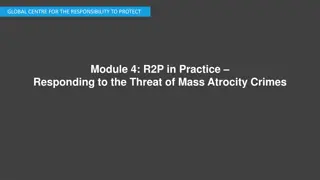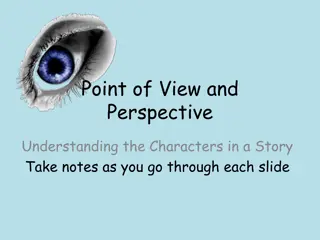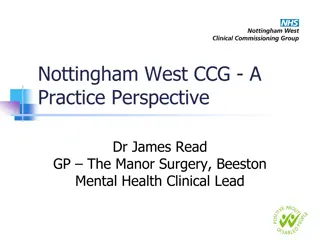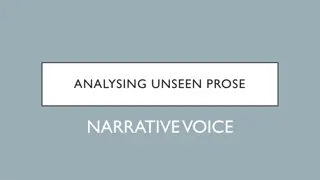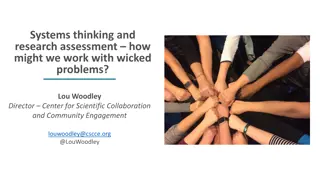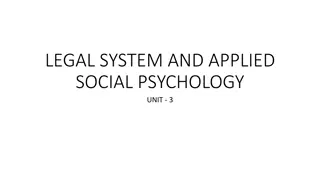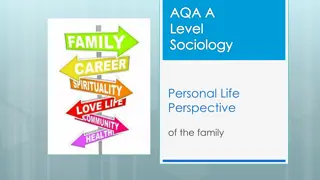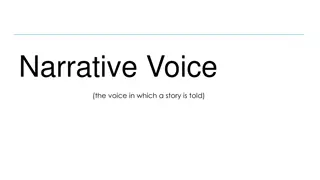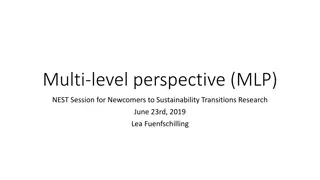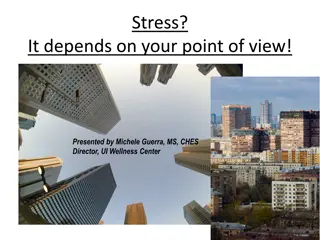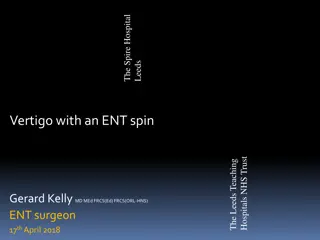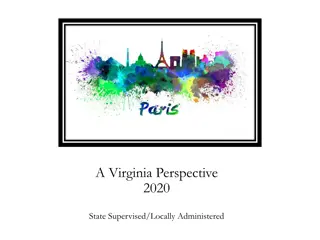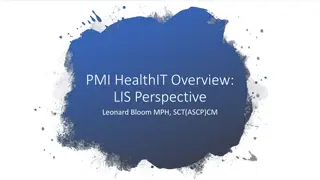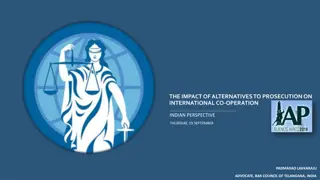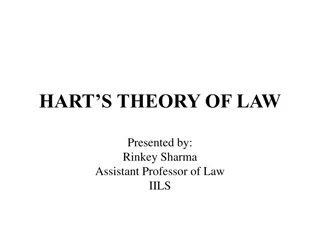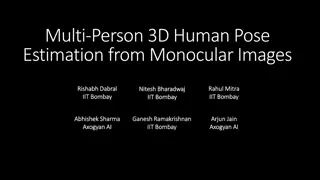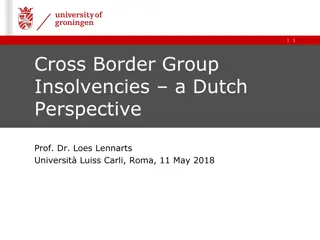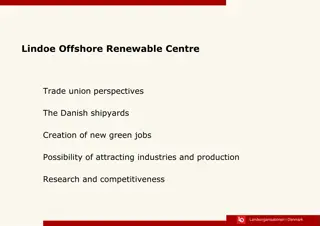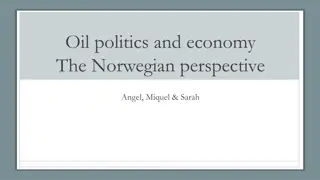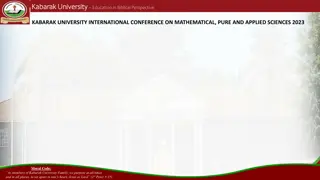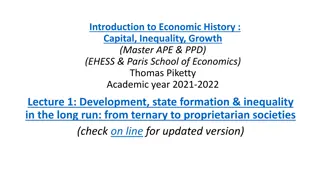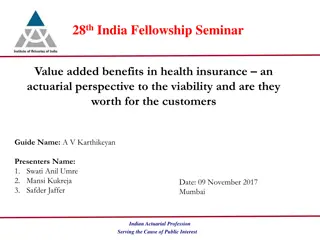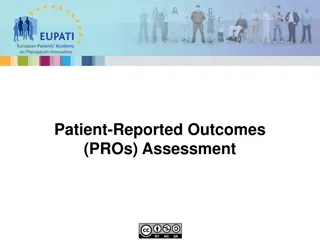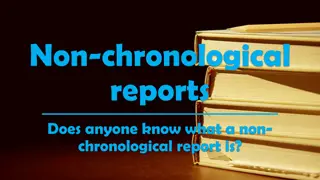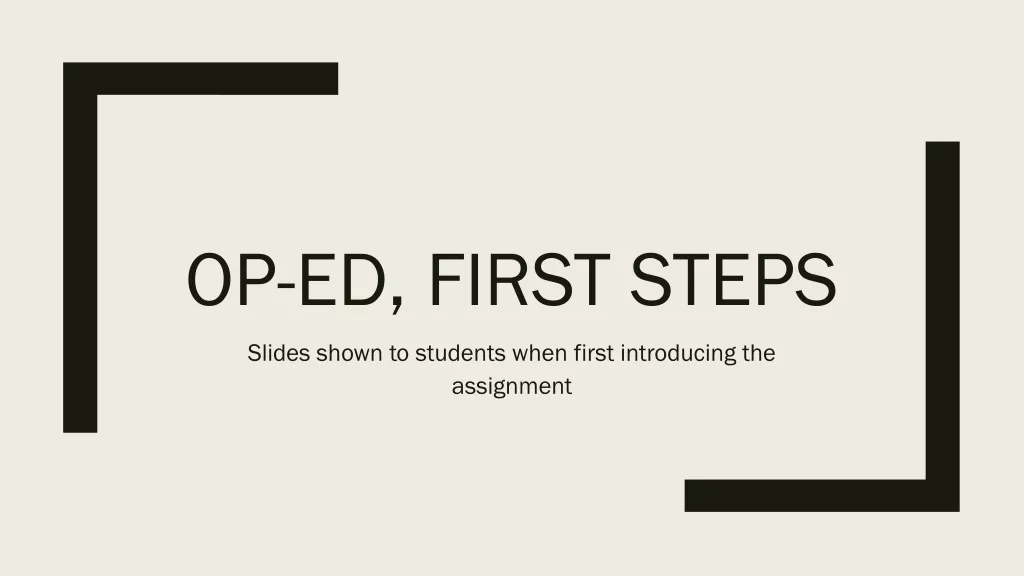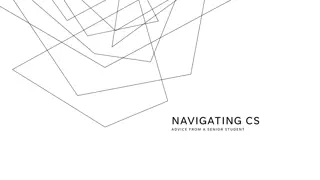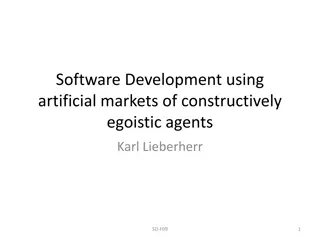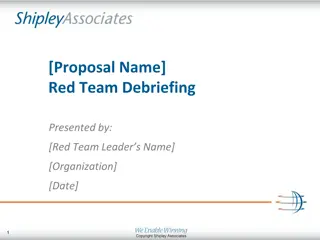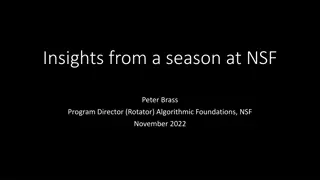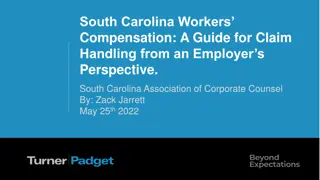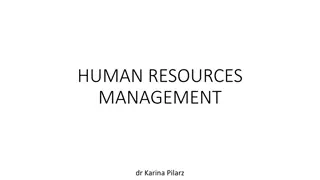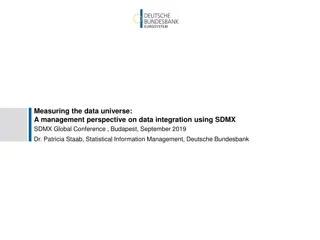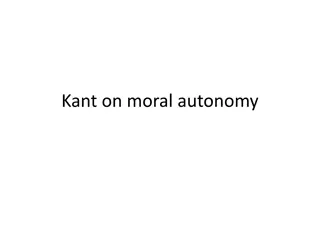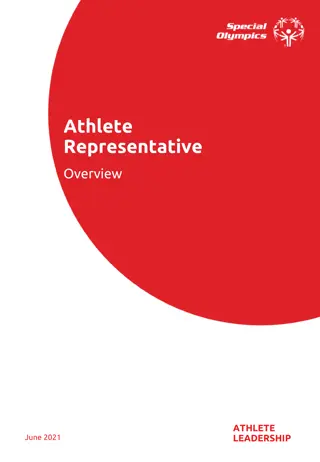Understanding R2P as a Valuable Perspective for Peacekeepers
The Global Centre for the Responsibility to Protect discusses in Module 2 why the Responsibility to Protect (R2P) serves as a valuable lens for peacekeepers. It delves into the definition of R2P, the importance of protecting civilians in UN peacekeeping contexts, and the guiding principles of Protection of Civilians (POC). R2P provides a framework for peacekeepers to take necessary action, including the use of force, to prevent or respond to threats of physical violence against civilians while respecting the host government's responsibility. Through a community-based approach and gender perspective, peacekeepers fulfill their duty to actively protect civilians according to international law.
Download Presentation

Please find below an Image/Link to download the presentation.
The content on the website is provided AS IS for your information and personal use only. It may not be sold, licensed, or shared on other websites without obtaining consent from the author. Download presentation by click this link. If you encounter any issues during the download, it is possible that the publisher has removed the file from their server.
E N D
Presentation Transcript
GLOBAL CENTRE FOR THE RESPONSIBILITY TO PROTECT Module 2: Why is R2P a Useful Lens for Peacekeepers?
GLOBAL CENTRE FOR THE RESPONSIBILITY TO PROTECT Module 1 Review: Definition of R2P 2 Module 2: Why is R2P a Useful Lens for Peacekeepers?
GLOBAL CENTRE FOR THE RESPONSIBILITY TO PROTECT Discussion Question: How is the Protection of Civilians defined in the context of UN peacekeeping? 3 Module 2: Why is R2P a Useful Lens for Peacekeepers?
GLOBAL CENTRE FOR THE RESPONSIBILITY TO PROTECT Definition Protection of Civilians Based on the language used by the UN Security Council in POC mandates, the physical protection of civilians in UN peacekeeping can be defined as: all necessary action, up to and including the use of force, aimed at preventing or responding to threats of physical violence against civilians, within capabilities and areas of operations, and without prejudice to the responsibility of the host government to protect its civilians. 4 Module 2: Why is R2P a Useful Lens for Peacekeepers?
GLOBAL CENTRE FOR THE RESPONSIBILITY TO PROTECT POC Guiding Principles Primary responsibility of the state Grounded in international law A whole of mission activity A priority mandate Cooperation with humanitarian actors Obligation of peacekeeping personnel Community-based approach An active duty to protect Consonant with the principles of peacekeeping Gender perspective and child protection concerns 5 Module 2: Why is R2P a Useful Lens for Peacekeepers?
GLOBAL CENTRE FOR THE RESPONSIBILITY TO PROTECT Defining threats under POC: Any impending or potential physical violence against civilians. This includes: Threats to life Threats to physical integrity Threats to freedom Threats to property 6 Module 2: Why is R2P a Useful Lens for Peacekeepers?
GLOBAL CENTRE FOR THE RESPONSIBILITY TO PROTECT Three Tiers of Protection Tier 1: Protection through dialogue and engagement (including conflict resolution and mediation, dialogue with potential perpetrators, etc.) Tier 2: Provision of physical protection (including military and police activities to show or use force to prevent, deter, and respond to civilians under threat of physical violence.) Tier 3: Establishment of a protective environment (including programmatic activities with medium and long-term peacebuilding objectives.) 7 Module 2: Why is R2P a Useful Lens for Peacekeepers?
GLOBAL CENTRE FOR THE RESPONSIBILITY TO PROTECT Responding to Threats to Populations The UN s Protection of Civilians policy includes responses across four phases: Prevention Pre-emption Response Consolidation 8 Module 2: Why is R2P a Useful Lens for Peacekeepers?
GLOBAL CENTRE FOR THE RESPONSIBILITY TO PROTECT Module 2 Activity: R2P AND POC DIFFERENCES AND SIMILARITIES 9 Module 2: Why is R2P a Useful Lens for Peacekeepers?
GLOBAL CENTRE FOR THE RESPONSIBILITY TO PROTECT Addressing gaps in UN capacity to protect civilians High-Level Independent Panel on Peace Operations (HIPPO) (2015) Kigali Principles on the Protection of Civilians (2015) Independent Special Investigation into the violence which occurred in Juba in 2016 and UNMISS response (The Cammaert Report ) (2016) Report on Improving the Security of Peacekeepers (The Cruz Report ) (2017) Module 2: Why is R2P a Useful Lens for Peacekeepers? 10
GLOBAL CENTRE FOR THE RESPONSIBILITY TO PROTECT High-Level Independent Panel on Peace Operations The HIPPO contributed to a generational review of peacekeeping. The panel s final report put forward four recommendations for improving peacekeeping and the protection of civilians. Primacy of politics Responsive operations and tailored responses Stronger partnerships Field-focused and people-centered approaches Module 2: Why is R2P a Useful Lens for Peacekeepers? 11
GLOBAL CENTRE FOR THE RESPONSIBILITY TO PROTECT Kigali Principles on the Protection of Civilians Set of 18 pledges aimed at the effective implementation of POC in peacekeeping missions. As of 2018, 47 UN member states have endorsed the Principles The Principles include such pledges as: o To train all of our troops on the protection of civilians prior to their deployment to missions. o Not to hesitate to take action to protect civilians, in accordance with the rules of engagement, in the absence of an effective host government response or demonstrated willingness to carry out its responsibilities to protect civilians. o To seek to identify, as early as possible, potential threats to civilians and proactively take steps to mitigate such threats and otherwise reduce the vulnerability of the civilian population. 12 Module 2: Why is R2P a Useful Lens for Peacekeepers?
GLOBAL CENTRE FOR THE RESPONSIBILITY TO PROTECT Cammaert Report The report investigates an incident in South Sudan during July 2016 when peacekeepers failed to provide protection to civilians when violence broke out in the capital Major gaps addressed in the Report: o Reporting in silos vs. consolidated analysis o Decision-making by mission leadership o Accountability for Protection Module 2: Why is R2P a Useful Lens for Peacekeepers? 13
GLOBAL CENTRE FOR THE RESPONSIBILITY TO PROTECT Cruz Report Commissioned in 2017 in response to an increasing number of peacekeepers killed in malicious acts in the field Highlights gaps in both force protection and civilian protection Focuses on the changing nature of the threat faced by civilians and by peacekeepers in today s operating environments Recommendations include: o Consolidated situational awareness o Better pre-deployment training o More mobile forces with quick reaction capacity Module 2: Why is R2P a Useful Lens for Peacekeepers? 14
GLOBAL CENTRE FOR THE RESPONSIBILITY TO PROTECT Action for Peacekeeping (A4P) In 2018 the UN Secretary-General and member states developed a set of mutually-agreed principles and commitments to ensure peacekeeping operations are fit for the future This Declaration of Shared Commitments currently endorsed by 150 states and 4 regional organizations Principles are centered around 5 main themes: Peacebuilding Performance People Partnerships Politics Module 2: Why is R2P a Useful Lens for Peacekeepers? 15
GLOBAL CENTRE FOR THE RESPONSIBILITY TO PROTECT How can R2P and the Atrocity Prevention Lens aid in overcoming gaps identified in these reports? Module 2: Why is R2P a Useful Lens for Peacekeepers? 16
GLOBAL CENTRE FOR THE RESPONSIBILITY TO PROTECT Added Value of R2P to POC and Peacekeeping Understanding the nature of the threat Identifying the patterns that lead to crimes Triggering early action Module 2: Why is R2P a Useful Lens for Peacekeepers? 17
GLOBAL CENTRE FOR THE RESPONSIBILITY TO PROTECT What is Risk Management? Risk management entails identifying, evaluating and prioritizing threats. Risk is the likelihood of a threat occurring as a result of vulnerabilities Risk assessments analyze: Potential/actual threats (based on threat assessments) Likelihood of the threat occurring The potential impact it may have Potential responses (transfer, mitigate or accept) Module 2: Why is R2P a Useful Lens for Peacekeepers? 18
GLOBAL CENTRE FOR THE RESPONSIBILITY TO PROTECT Four Phases of the Risk Management Cycle Identify Analyze Monitor Treat Module 2: Why is R2P a Useful Lens for Peacekeepers? 19
GLOBAL CENTRE FOR THE RESPONSIBILITY TO PROTECT Phase 1 Risk Identification Identify Analyze Monitor Treat Module 2: Why is R2P a Useful Lens for Peacekeepers? 20
GLOBAL CENTRE FOR THE RESPONSIBILITY TO PROTECT Defining Threats Under POC: Any impending or potential physical violence against civilians. This includes: Threats to life Threats to physical integrity Threats to freedom Threats to property Module 2: Why is R2P a Useful Lens for Peacekeepers? 21
GLOBAL CENTRE FOR THE RESPONSIBILITY TO PROTECT Understanding the Nature of Threats Systemic threats Political Societal Environmental Triggering events Conflict dynamics Module 2: Why is R2P a Useful Lens for Peacekeepers? 22
GLOBAL CENTRE FOR THE RESPONSIBILITY TO PROTECT Added Value of R2P to POC in Peacekeeping Understanding the nature of the threat Identifying the patterns that lead to crimes Triggering early action Module 2: Why is R2P a Useful Lens for Peacekeepers? 23
GLOBAL CENTRE FOR THE RESPONSIBILITY TO PROTECT 24 Module 2: Why is R2P a Useful Lens for Peacekeepers?
GLOBAL CENTRE FOR THE RESPONSIBILITY TO PROTECT MODULE 2 ACTIVITY: UNDERSTANDING THE NATURE OF THREATS Module 2: Why is R2P a Useful Lens for Peacekeepers? 25
GLOBAL CENTRE FOR THE RESPONSIBILITY TO PROTECT Module 2 Learning Outcomes - Review By the end of Module 2, learners will: Understand the relationship between R2P and POC Understand existing gaps in UN peacekeeping and civilian protection Discuss ways in which using R2P and the Atrocity Prevention Lens can add value to existing POC activities Understand how an Atrocity Prevention Lens enhances other protection agendas like Child Protection, CRSV and protection of cultural heritage 26 Module 2: Why is R2P a Useful Lens for Peacekeepers?


